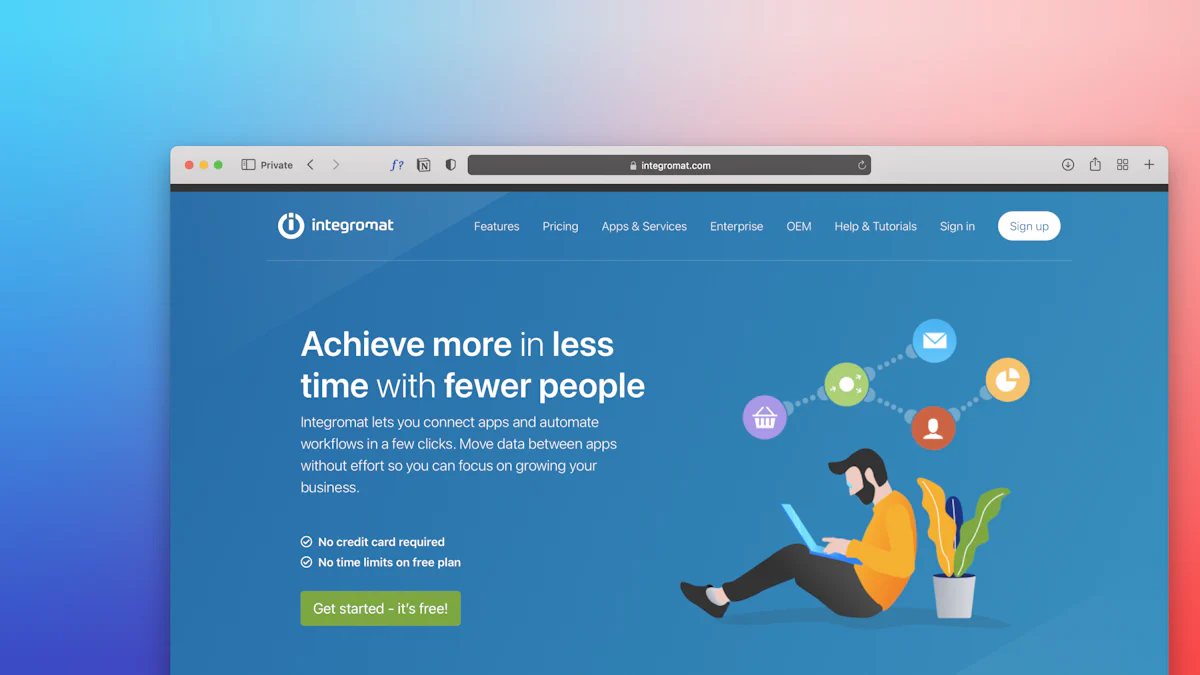Key Considerations for Effective SaaS Discount Strategies

SaaS discount strategy plays a crucial role in the competitive landscape. Businesses use discounts to attract new customers and increase market share. However, offering discounts involves complexities that require careful consideration. More than 50,000 SaaS businesses offer discounts exceeding 30%, which can hurt revenue and brand reputation. Strategic discounting helps you gain a competitive edge. By understanding the balance between attracting customers and maintaining profitability, you can implement effective strategies that drive growth and sustain your business.
Understanding SaaS Discount Strategies

Types of Discounts
Volume Discounts
Volume discounts encourage larger purchases. Businesses offer reduced prices for bulk orders. This strategy promotes loyalty and increases sales volume. Customers feel rewarded for committing to more significant investments. Volume discounts can strengthen relationships without harming profitability.
Seasonal Discounts
Seasonal discounts capitalize on specific times of the year. Companies use these to boost sales during slower periods. Customers receive incentives to purchase when demand typically drops. Seasonal discounts create urgency and drive short-term revenue growth.
Loyalty Discounts
Loyalty discounts reward repeat customers. Businesses provide special rates to those who continue using services. This strategy builds long-term relationships and enhances customer satisfaction. Loyalty discounts foster brand loyalty and reduce churn rates.
Goals of Discounting
Customer Acquisition
Customer acquisition remains a primary goal of any SaaS discount strategy. Discounts lower the barrier for new users. Potential customers find it easier to try a product at a reduced cost. This approach attracts a broader audience and expands market reach.
Customer Retention
Retaining existing customers is crucial for sustained growth. Discounts encourage renewals and upgrades. Customers feel valued when offered exclusive deals. A well-implemented SaaS discount strategy strengthens retention and boosts lifetime value.
Market Penetration
Market penetration involves capturing a larger share of the market. Discounts make products more accessible to different segments. A strategic approach helps in gaining competitive advantage. Businesses achieve higher visibility and establish a strong market presence.
Benefits of SaaS Discount Strategies
Increased Sales
Short-term Revenue Boost
A well-executed SaaS discount strategy can provide a significant short-term revenue boost. Businesses often see a surge in sales during promotional periods. Customers feel motivated to purchase due to the perceived value of discounts. This immediate increase in sales can help meet quarterly targets and improve cash flow. For instance, Holded's strategy during Black Friday involved offering a substantial 50% discount for six months. This approach aimed to capture attention in a crowded market and drive immediate sales.
Long-term Customer Relationships
A strategic SaaS discount strategy can foster long-term customer relationships. Discounts serve as an initial incentive for customers to try your product. Once customers experience the value, they are more likely to continue using the service. This approach builds trust and loyalty over time. Customers appreciate businesses that offer value beyond the initial purchase. A well-planned discount strategy can enhance customer satisfaction and reduce churn rates.
Competitive Advantage
Differentiation in the Market
A unique SaaS discount strategy can differentiate your business in a competitive market. Offering exclusive discounts sets your brand apart from competitors. Customers notice when a company provides value through thoughtful pricing strategies. Differentiation becomes crucial during high-competition periods like Black Friday. Many businesses offer discounts, but few stand out with significant offers. A distinctive discount strategy can elevate your brand's visibility and appeal.
Brand Loyalty
A successful SaaS discount strategy can strengthen brand loyalty. Customers who benefit from discounts often develop a positive perception of the brand. This perception translates into repeat business and advocacy. Loyal customers become brand ambassadors, recommending your services to others. A strategic approach to discounting ensures that customers feel valued and appreciated. This emotional connection fosters long-term loyalty and enhances the brand's reputation.
According to ProfitWell, more than 50,000 SaaS businesses offer discounts exceeding 30%. However, this practice can harm revenue and brand reputation if not managed carefully. A thoughtful SaaS discount strategy balances immediate gains with long-term brand health.
Drawbacks of SaaS Discount Strategies
Potential Revenue Loss
Impact on Profit Margins
A SaaS discount strategy can significantly impact profit margins. Discounts reduce the revenue per customer. Businesses must carefully calculate the discount's effect on overall profitability. Offering high discounts does not always lead to faster sales. Longer sales cycles may occur instead. Companies should evaluate whether discounts attract the right customers. A focus on short-term gains might harm long-term financial health.
Devaluation of Product
Discounts can lead to product devaluation. Customers may perceive a lower price as a sign of reduced quality. This perception can damage brand reputation. A SaaS discount strategy must maintain the product's perceived value. Businesses should ensure that discounts do not undermine the brand's image. A thoughtful approach helps preserve the product's worth in the market.
Customer Expectations
Price Sensitivity
A SaaS discount strategy can increase customer price sensitivity. Customers may become accustomed to lower prices. This expectation makes it difficult to return to regular pricing. Businesses face challenges in maintaining perceived value. Customers might delay purchases, waiting for future discounts. Companies need to manage expectations to avoid eroding perceived value.
Discount Dependency
Dependency on discounts can develop among customers. Frequent discounts create a reliance on reduced prices. Customers may only purchase during promotional periods. This behavior affects sales consistency and predictability. A SaaS discount strategy should balance promotional offers with regular pricing. Businesses should encourage purchases based on product value rather than discounts alone.
Best Practices for Implementing Discounts

Analyzing Customer Data
Understanding your customers is crucial for a successful SaaS discount strategy. You need to analyze customer data to tailor your offers effectively.
Identifying Target Segments
Identify specific customer segments that will benefit most from discounts. Focus on groups with the highest potential for conversion. Use data analytics to pinpoint these segments. This targeted approach ensures that discounts reach the right audience.
Personalizing Offers
Personalization enhances the effectiveness of discounts. Customize offers based on customer preferences and behaviors. Tailored discounts make customers feel valued. This personalized touch increases engagement and conversion rates.
Monitoring and Adjusting Strategies
Continuous monitoring helps refine your SaaS discount strategy. You must adapt to changes and optimize your approach.
Tracking Performance Metrics
Track key performance metrics to evaluate the success of discounts. Monitor sales growth, customer acquisition, and retention rates. Analyze how discounts impact profit margins. This data-driven approach allows you to make informed decisions.
Adapting to Market Changes
Stay responsive to market dynamics. Adjust your SaaS discount strategy as needed. Be aware of competitor actions and industry trends. Flexibility ensures that your strategy remains effective and relevant.
Survey Results: More than 50,000 SaaS businesses offer discounts exceeding 30%. However, excessive discounting can lower lifetime value by over 30%. A balanced approach is essential for long-term success.
Implementing a thoughtful SaaS discount strategy can drive growth and enhance customer relationships. Focus on data analysis and strategic adjustments to maximize benefits.
Effective SaaS discount strategies require careful consideration. You must balance the benefits and drawbacks to ensure success. Discounts can attract and retain customers without compromising perceived value. Strategic discounting acts as an investment in your business's future. Analyze the return on investment for each discount offered. Moderate discounts, ranging from 5% to 20%, often strike a good balance. Focus on offering more product value to customers. Be strategic about who receives discounts. Use discounts wisely and in a targeted manner. This approach maximizes deal sizes and maintains brand integrity.
